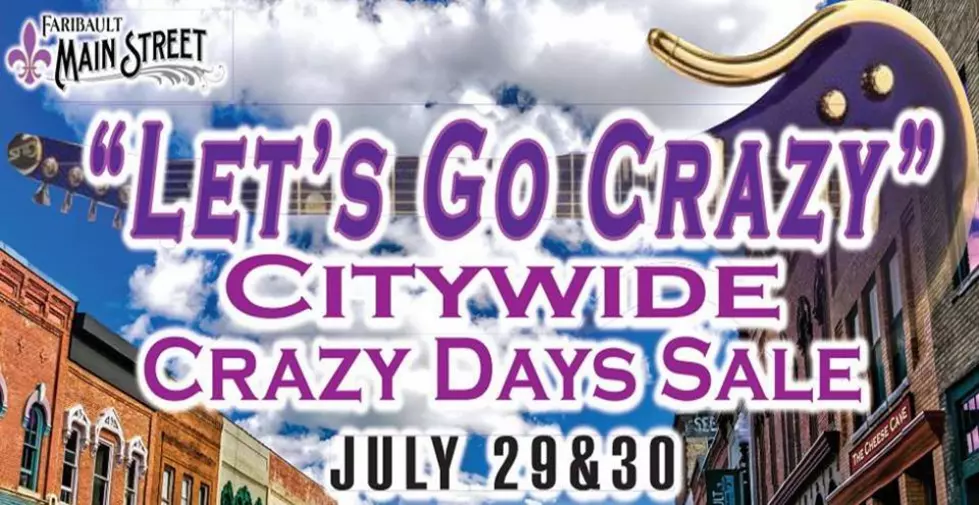
Why Did Matt Damon Go Back to ‘Jason Bourne’?
The Jason Bourne franchise has always operated as a sort of response to James Bond. Right as Bond hit one of his lowest and silliest points in 2002’s Die Another Day, The Bourne Identity arrived on the scene as a sort of corrective; serious, dark, and morally conflicted. The Bourne Supremacy and The Bourne Ultimatum followed, and so did 007, whose Casino Royale and especially Quantum of Solace aped the style and tone of Bourne.
But now it’s Bourne’s turn to take from Bond. On their press tour promoting their long-awaited sequel Jason Bourne, star Matt Damon and director Paul Greengrass have had to answer questions about why they’ve returned to the franchise after claiming for years that 2007’s The Bourne Ultimatum was the definitive end. In The Guardian, their mea culpa borrowed the exact title of Sean Connery’s final (albeit unofficial) Bond: “We’ll never say never again.”
But why? Damon had previously said “We have ridden that horse as far as we can. For me, I kind of feel the story that we set out to tell has now been told.” Later, he softened his stance to say that he would only make another Bourne with Greengrass, who became the true holdout for another sequel. “I discovered in my heart I didn’t have another one in me,” Greengrass claimed.
Apparently he did! And apparently Damon had not ridden the horse as far as it could go! That horse is as resilient as a brainwashed spy.
Eventually, Damon and Greengrass claim, they realized that men like Julian Assange and Edward Snowden had changed the world enough to merit a return. After a conversation with his longtime editor, Christopher Rouse, Greengrass realized there was more to say.
Perhaps that was enough. I don’t know what’s in Matt Damon’s heart. But I do know what’s on his resume, and since the first Bourne trilogy ended, what’s not on his resume are a lot of hits. At an infographic glance, here’s Matt Damon’s career at the U.S. box office, his successes (and failures) in the post-Bourne era, and how those successes and failures compared to his peers during that same period:
I would never say that Matt Damon has had a “bad” career in recent years. Since the Bourne franchise ended (or at least stopped for the first time), he’s made one interesting choice after another. He’s worked with great directors, including Steven Soderbergh, Clint Eastwood, Gus Van Sant, and the Coen brothers. He was a key piece of (and gave a very good supporting performance in) Kenneth Lonnergan’s Margaret (technically that movie sat on the shelf so long it was started before Bourne wrapped up but it didn’t come out until after). He’s worked in big movies and small movies. He’s played starring roles and supporting ones. He’s made war films and comedies and biopics and sci-fi films. He’s voiced animated characters and played romantic leads. As an artist, he’s doing exactly what he should be doing.
As a bankable box-office attraction, though, he’s had one misfire after another. He and Greengrass re-teamed for Green Zone, which was halfway between a Bourne film and The Hurt Locker; it didn’t even gross a fifth of what The Bourne Ultimatum made. Looking for his Jerry Maguire moment, Damon partnered with Cameron Crowe with We Bought a Zoo; he also made a flop. His only genuine hits in this period were the Coens’ True Grit, where he played a supporting role, and The Martian, which was a full-on blockbuster last fall — after the wheels for Jason Bourne were already in motion. Margaret, a movie I love, was a colossal financial failure; in its brief run in theaters it made less than $100,000.
Again, that doesn’t diminish Damon’s cinematic achievements; it only shows that his commercial achievements since Bourne have been few and far between. And every movie star’s power to get projects made is based on what their name can bring to the table monetarily. Particularly before The Martian last fall, Damon looked like a star whose best days, at least financially, may have been behind him.
One of the most striking parts of our infographic is the one comparing Bourne’s box office take with the rest of Damon’s career. Those three movies account for nearly a fifth of all the money Damon’s earned in the United States in a career that’s spanned 20 years and more than three dozen films. And since Damon retired from Bourne, nearly all the comparable actors have made much more money per film, on average, than he has. Even Will Smith, an actor whose recent struggles have been written about way more than Damon’s have, has a better average domestic gross than Damon.
There are others, too. I couldn’t fit them all in our graph, but almost every big-name actor I checked had a better 2009-2016 average than Damon, including Bradley Cooper ($109.7 million average), Tom Hanks ($97 million), Russell Crowe ($75.5 million), and Hugh Jackman ($77.8 million). The closest average to Damon was Brad Pitt’s, with $68 million. (Expect to see World War Z 2 from him before too long.)
Looking at those numbers it’s clear: Matt Damon needs a hit and Jason Bourne is almost guaranteed to deliver. And while Damon said never say never again, if this is the last Bourne for a while, it will be interesting to see whether, in another 10 years, he doesn’t try this same trick again, perhaps at the behest of a concerned manager or agent who gives him a Bourne ultimatum of his own.
More From KQCL Power 96










